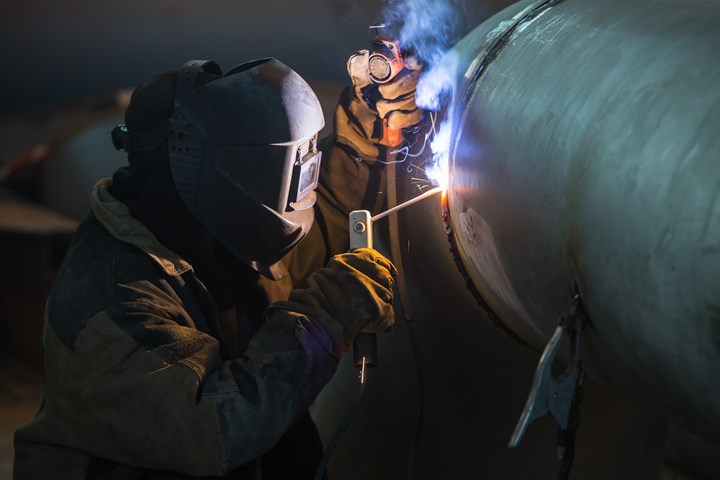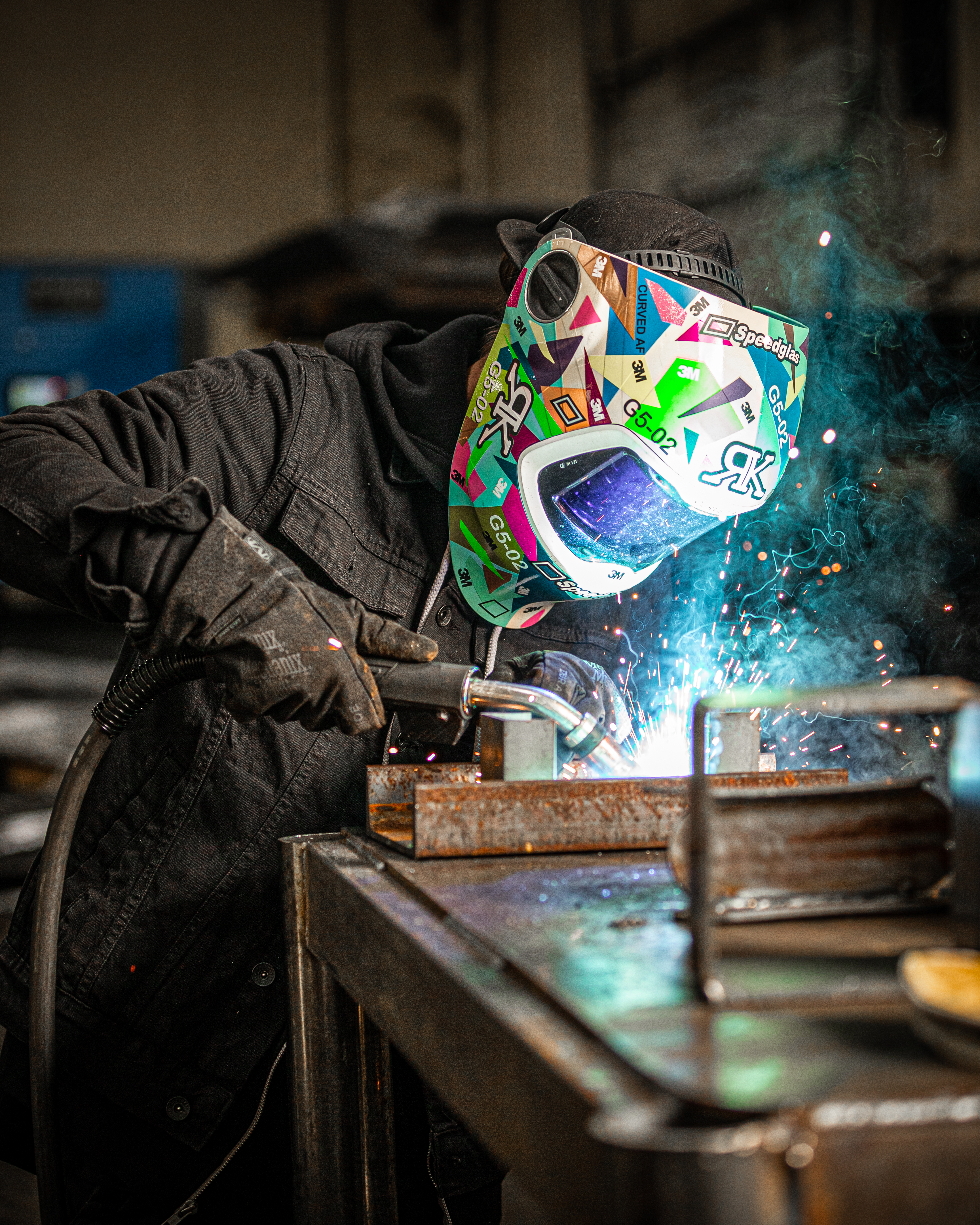Creating a Welding WPS: Step-by-Step Recommendations for Professionals
The Ultimate Overview to Welding WPS Procedures: A Comprehensive Introduction for Welders
In the detailed world of welding, Welding Treatment Specs (WPS) serve as the foundation of ensuring top quality, consistency, and safety in welding operations (welding WPS). As we dive right into the different components of a WPS and explore the ins and outs of certification and accreditation, we will discover the essential function these treatments play in the world of welding.
Significance of WPS Procedures
Recognizing the importance of Welding Procedure Requirements (WPS) treatments is vital for making sure the top quality and honesty of welded frameworks. WPS treatments work as a roadmap for welders, laying out the required actions, specifications, and products required to attain a sound weld. By sticking to WPS standards, welders can make certain consistency in their work, causing structurally sound and reputable welds.
One of the primary factors why WPS procedures are crucial is their role in maintaining weld high quality and honesty. Following the specified welding criteria and methods described in the WPS helps prevent problems such as porosity, breaking, or insufficient combination, which can endanger the toughness and longevity of the weld.

Components of a WPS
A Welding Treatment Specification (WPS) generally consists of crucial elements that detail the details demands for carrying out a weld, guaranteeing uniformity and quality in the welding procedure. The crucial components of a WPS consist of important variables such as base metals, filler steels, preheat and interpass temperature levels, welding processes, shielding gases, welding placements, and post-weld warmth treatment requirements.
Base steels refer to the materials being signed up with, while filler metals are made use of to fill up the void in between the base metals during welding. Preheat and interpass temperature levels are vital for controlling the warmth input and avoiding concerns like breaking or distortion. The welding procedure details the details strategy to be used, whether it's gas steel arc welding (GMAW), shielded metal arc welding (SMAW), or another approach. Shielding gases secure the weld swimming pool from atmospheric contamination. Welding placements specify the alignments in which welding can be carried out. Post-weld warmth treatment may be essential to eliminate tensions and enhance the weld's properties. An extensive understanding of these parts is crucial for producing a thorough and efficient WPS.

Qualification and Accreditation
Having established the important elements of a Welding Procedure Spec (WPS), the focus currently shifts towards the vital elements of qualification and certification in welding practices.

Certification, on the other hand, is the official acknowledgment of a welder's qualifications by an appropriate certification body or organization. Welding accreditations are generally based on the specific welding processes, materials, and placements a welder is certified to work with. Holding a valid welding accreditation shows that a welder meets sector requirements and is experienced to perform welding jobs to the needed requirements.
Producing a WPS
To establish a Welding Procedure Requirements (WPS) that meets industry criteria, mindful consideration of welding processes, materials, and functional specifications is essential (welding WPS). The check here initial step in creating a WPS is to recognize the welding process to be utilized, such as gas steel arc welding (GMAW) or shielded steel arc welding (SMAW) Once the welding procedure is determined, the next vital find element is choosing the suitable products, taking into consideration factors like base metal type, thickness, and joint design. Operational specifications such as welding present, voltage, traveling rate, and securing gas structure should also be diligently defined in the WPS.

Executing and Keeping Track Of WPS
Upon completing the comprehensive Welding Procedure Spec (WPS) that meticulously information welding processes, products, operational parameters, and quality assurance actions, the emphasis shifts to properly carrying out and checking the well-known procedures. Application includes ensuring that all welders included in the task are acquainted with the WPS and follow it meticulously during the welding process. This needs giving appropriate training and guidance to assure adherence to the defined treatments. Monitoring the WPS includes continual oversight to verify that welding tasks align with the documented specs. Inspections, testing, and quality control steps are vital elements you can try these out of the surveillance process to identify any kind of inconsistencies or concerns quickly. Normal audits and reviews of the welding treatments help in keeping consistency and quality throughout the job. Reliable implementation and surveillance of the WPS are vital for guaranteeing the honesty, strength, and safety and security of the bonded joints, eventually adding to the general success of the welding task.
Verdict
Finally, understanding and complying with Welding Treatment Specifications (WPS) is crucial for welders to make sure top quality, uniformity, and safety and security in their work. By knowing the elements of a WPS, acquiring appropriate certifications and qualifications, creating thorough treatments, and executing and checking them efficiently, welders can improve their abilities and proficiency in welding methods. Following WPS treatments is important for generating top quality welds and conference market standards.
In the elaborate globe of welding, Welding Procedure Specs (WPS) offer as the backbone of making certain quality, uniformity, and safety in welding operations. The welding process lays out the particular method to be used, whether it's gas metal arc welding (GMAW), protected steel arc welding (SMAW), or another technique.To establish a Welding Procedure Spec (WPS) that meets sector criteria, mindful factor to consider of welding processes, materials, and operational criteria is necessary. The first step in developing a WPS is to identify the welding procedure to be utilized, such as gas steel arc welding (GMAW) or secured steel arc welding (SMAW)Upon wrapping up the comprehensive Welding Treatment Requirements (WPS) that carefully information welding procedures, materials, operational specifications, and top quality guarantee measures, the emphasis shifts to successfully applying and monitoring the well established treatments.